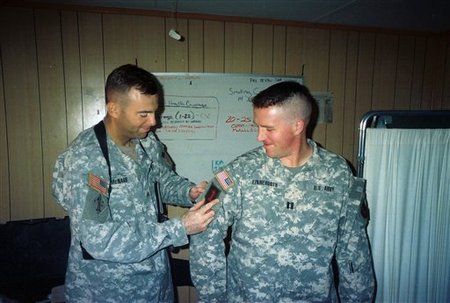OF THE
TIMES
"Americans have a remarkable ability 'to look reality right in the eye' and deny it."The World Health Organization defines mental health as "a state of well-being in which every individual realizes his or her own potential, can cope with the normal stresses of life, can work productively and fruitfully, and is able to make a contribution to her or his community." A state of well-being is obviously more than just the absence of disease. It assumes that a human being is reasonably functional mentally, physically, emotionally, and spiritually. Similarly, this definition can be applied to healthy communities with the addition of social functionality as another aspect of well-being.
~Garrison Keillor~





"The other half of our healthcare is provided by the private sector, and that sector is deficient in their reporting of statistics. Hence, all of our statistics in Iraq must be multiplied by two. Any official numbers are likely only half of the real number."